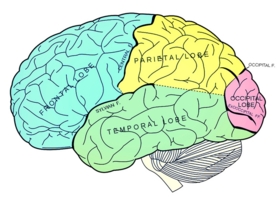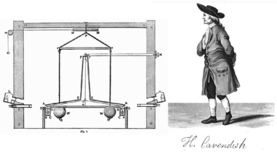Scientific American
-

Gone in 2015: Commemorating Ten Outstanding Women in Science
These notable researchers who passed away during the year just ending made key contributions to ecology, planetary science, medicine, chemical engineering, and more.
-

Super Spiral Galaxies Amaze Astronomers
A new breed of giants raises questions about how the biggest galaxies arise
-

Genio matemático resuelve el acertijo de un maestro
Terence Tao, ganador de la Medalla Fields, resuelve el problema de la discrepancia de Erdös.
-

A Red Flag for a Neurodegenerative Disease That May Be Transmissible
Animal experiments show how a just-discovered prion triggers a rare Parkinson’s-like disease
-

Dali’s reinterpretation of Rembrandt’s Self-Portrait
Some of the ways in which Dali made old art new, while preserving the original image in his reinterpretation.
-

Can Your Brain Really Be “Full”?
Neuroimaging aids investigation into what happens in the brain when we try to remember information that’s very similar to what we already know
-

The Brontosaurus Is Back
Decades after scientists decided that the famed dinosaur never actually existed, new research says the opposite
-

How Henry Cavendish Used a Wire to Measure a Tiny Force of Gravity
The crowning achievement of the 18th-century researcher was the design of the first experiment to measure the force of gravity between masses in a lab
-

A Spectacular Spiral May Encircle the Milky Way
One of our galaxy’s arms may do a full 360, upping the chances that our galactic home is a rare cosmic beauty
